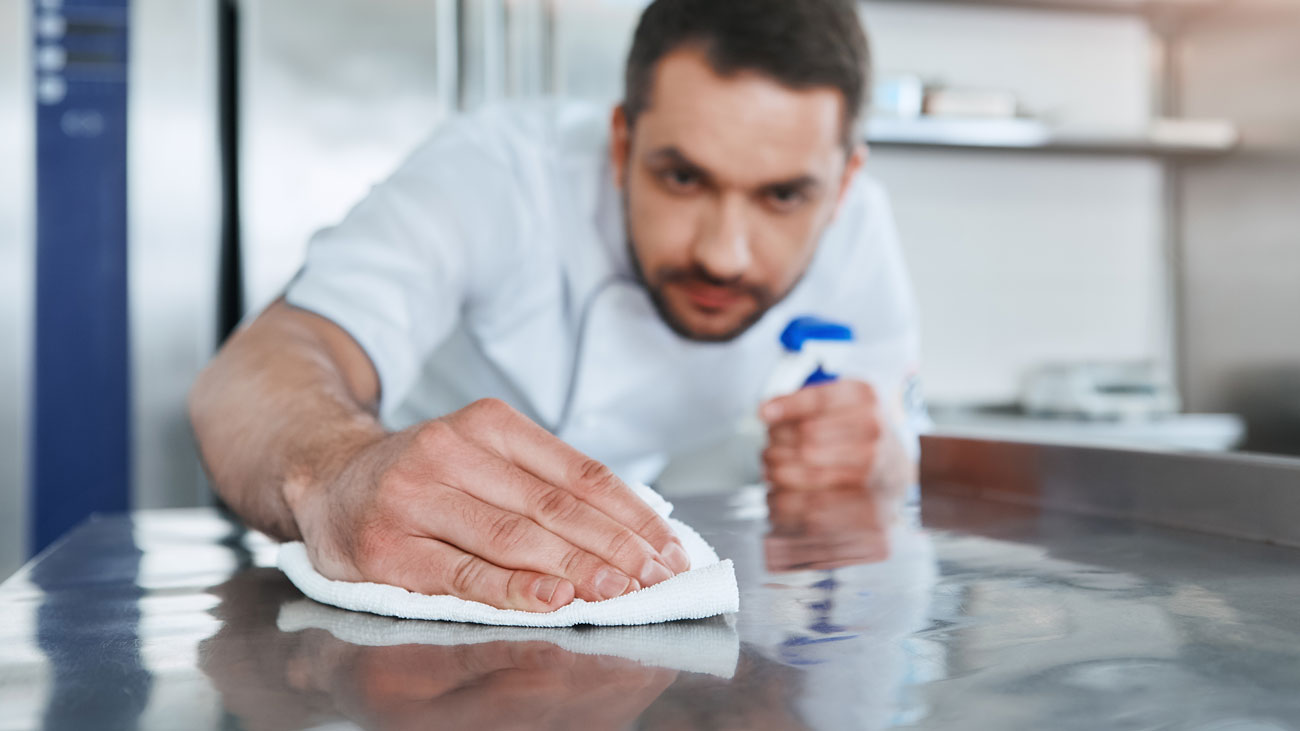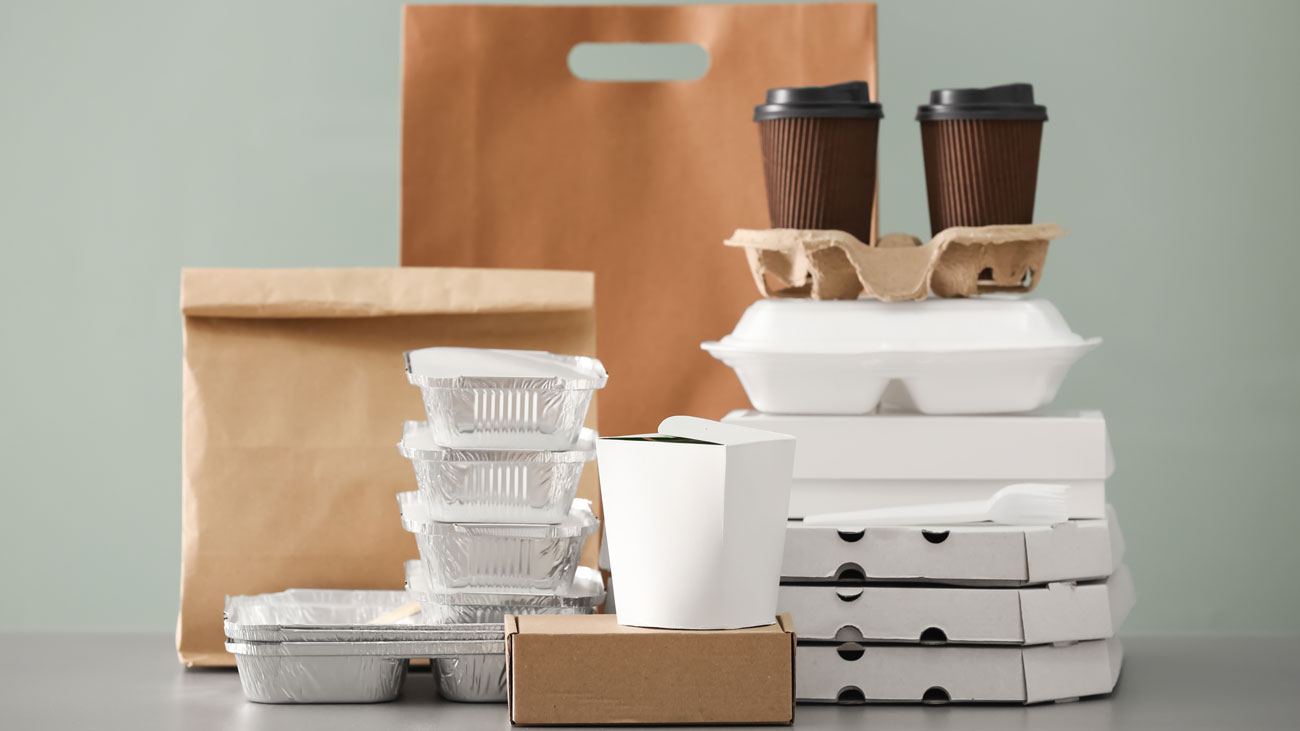
Workplace catering: what does the future hold?
Workplace ‘takeaways’, shift-based lunches and more pre-ordering are all likely to be the new ‘normal’ when the COCID-19 crisis has passed, it has been predicted. With more people expected to work from home, an introduction of shift patterns, and a gradual removal of lockdown measures, the workplace will change significantly.
Some key changes are forecast below.
Reshaping menus
Food offers for a post COVID-19 world will need to change dramatically. Menus will need to be more delivery-friendly, or be able to be hosted in newly designed workplace restaurants. Any sharing or self-service style food will be removed.
Health and safety
Specific training and development will be required by teams in a new socially-distanced environment. Customers and guests will need to be offered guidance and information about new ways of working and measures taken to minimise risk. Restaurant hosts and guides are likely to be deployed to guide people through zones and control the movement of people.
Shift-based footfall
Some city businesses are likely to implement shift patterns for those who come to the office. ‘A’ and ‘B’ teams are likely to be deployed on a weekly basis. There are likely to be lunch shifts in some organisations to reduce traffic and queuing wherever possible.
Intelligent technology
There will be more emphasis on using technology to pre-order food. Technology will communicate key messages to customers and guests to help reassure them during the initial post-lockdown period. ‘Click and collect’ is expected to feature heavily during the initial months.
The foodservice forum of UKHospitality is using insights on workplace catering to inform government policy on release from lockdown.
Board member Wendy Bartlett said:
“The world that we have all known and loved for so long is certainly likely to change dramatically in the foreseeable future and we all need to be prepared. Whatever happens in the coming months and years, we will all have learnt some valuable and probably tough lessons.”
This article first appeared in Hospitality and Catering News and is reproduced with kind permission.




